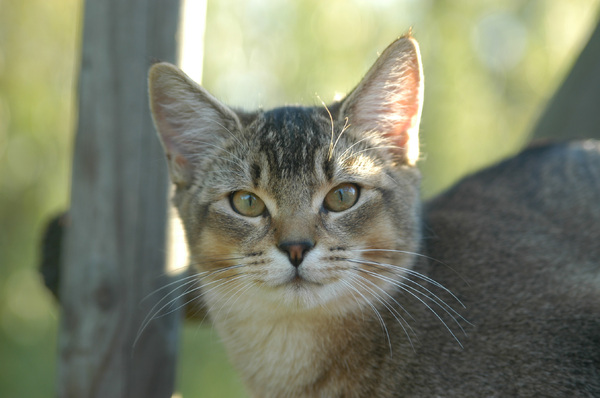The Science Behind Odor Control in Cat Litter
The Science Behind Odor Control in Cat Litter
Blog Article

Cat litter and litter boxes play a pivotal function in the lives of both felines and their owners. From the humble beginnings of sand and soil to the innovative improvements of today, the world of cat litter has developed substantially. In this thorough guide, we delve into every aspect of cat litter and litter boxes, exploring their history, types, benefits, difficulties, and everything in between.
The history of cat litter dates back centuries, with ancient civilizations using sand, soil, and even ashes as primitive litter materials. However, it wasn't up until the mid-20th century that contemporary cat litter as we know it emerged. In 1947, Edward copyright introduced the world's first industrial cat litter made from absorbent clay, changing the method felines relieved themselves inside. Ever since, cat litter has actually gone through many improvements, with the intro of clumping litter, silica gel litter, eco-friendly choices, and more.
Today, feline owners are ruined for choice when it comes to selecting the ideal litter for their feline buddies. Standard clay litter stays popular for its cost and effectiveness in soaking up smells. Clumping litter, which forms strong clumps when wet, streamlines cleaning and maintenance. Silica gel litter, composed of extremely absorbent silica crystals, uses exceptional odor control and longevity. Biodegradable alternatives, such as recycled paper, wood pellets, corn, and wheat, interest ecologically conscious consumers.
Each type of cat litter uses special advantages. Clay litter masters its ability to soak up wetness and control smells, making it a trusted option for numerous cat owners. Clumping litter simplifies day-to-day scooping and extends the time Litter Box Mats in between complete litter changes. Silica gel litter supplies extraordinary smell control and can last longer between replacements. Biodegradable litters use a sustainable option that reduces environmental effect.
While cat litter boosts indoor feline hygiene, it is not without its challenges. Dust from clay litter can pose breathing dangers for both cats and people, prompting the appeal of dust-free alternatives. Some felines might develop litter box hostility due to problems with texture, fragrance, or tidiness, requiring experimentation with different litters and box configurations. Multi-cat families may need strategic litter box positioning and frequent upkeep to avoid territorial conflicts and make sure all cats have access to clean centers.
Picking the appropriate litter box is essential for promoting favorable litter box habits and total feline well-being. Aspects to consider consist of size, ease of access, and style choices. Covered litter boxes provide personal privacy and aid include odors, but some felines may discover them confining or frightening. Open-top litter boxes offer simple gain access to and exposure however may lead to more litter scatter. Automatic self-cleaning litter boxes streamline upkeep but require routine monitoring and maintenance.
Proper litter box maintenance is vital for guaranteeing a tidy and inviting environment for both felines and cat litter box furniture their owners. Daily scooping removes waste without delay, reducing odor and dissuading litter box aversion. Routine litter replacement, usually every 1-2 weeks, prevents bacterial buildup and maintains ideal absorbency. Thorough cleaning with moderate cleaning agent and water, preventing harsh chemicals that might discourage felines from utilizing the box, must be performed monthly.
Cat litter and litter boxes play a main function in fostering a healthy and harmonious relationship between felines and their human buddies. With a varied array of litter choices and litter box styles available, cat owners have the Robot Litter Boxes versatility to customize their options to fit their cats' choices and household needs. By comprehending the advancement, types, advantages, and challenges of cat litter and litter boxes, pet owners can offer their feline good friends with a comfy and hygienic indoor environment.